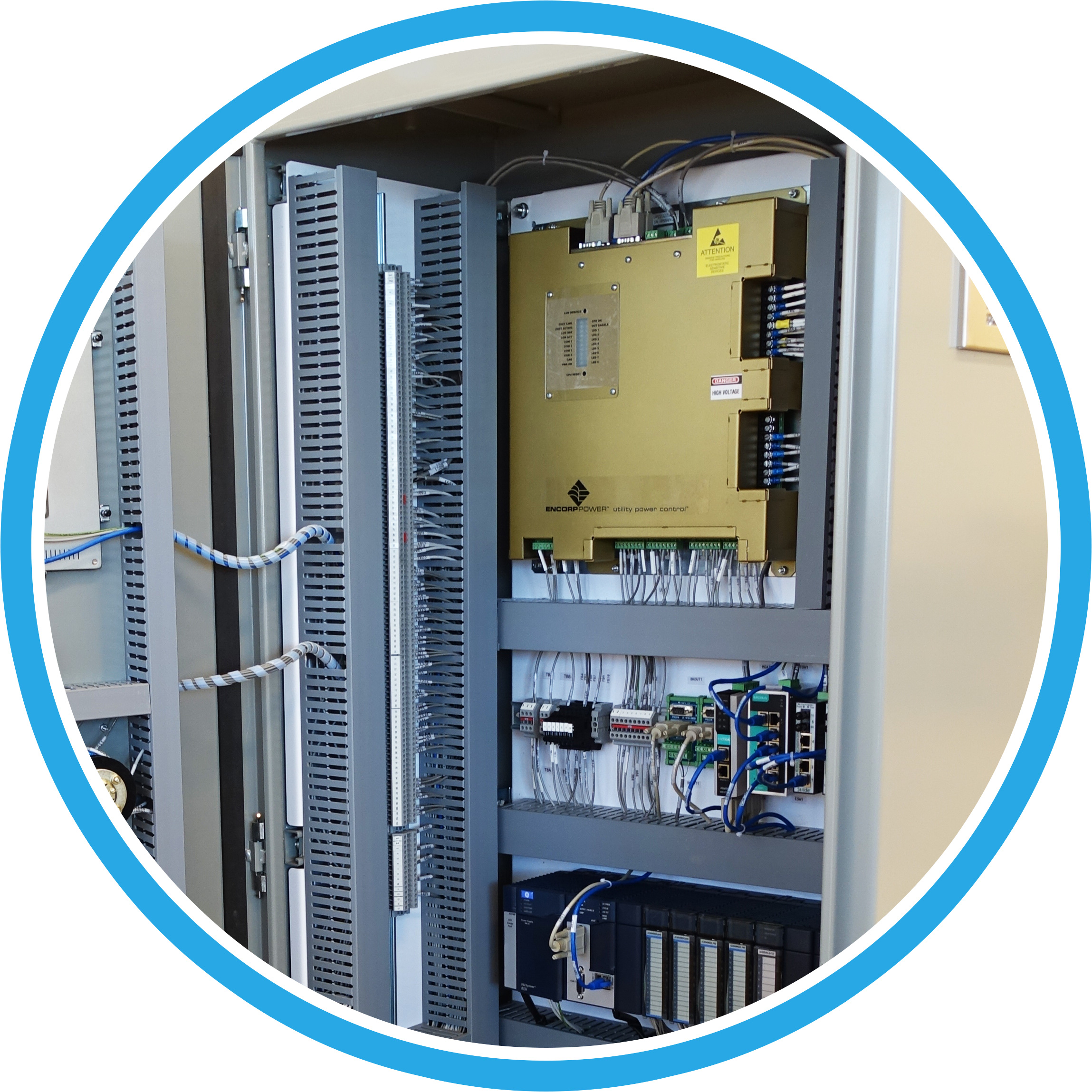The key to any microgrid, combined heat and power (CHP) or demand response (DR) project is the platform that controls the distributed energy resources (DER) to provide value to the asset owners as well as the larger utility grid. Without cost effective and state-of-the-art hardware being optimized by advanced software algorithms, DER portfolios will not meet their potential performance goals.
As customers seek greater resiliency, higher renewable energy portfolios as well as lower cost electricity services, the focus of industry innovation has been on controls platforms. Introduced in May 2018, Encorp’s Egility Control Platform reflects the culmination of 30 years of field experience spanning over 400 DER projects across the globe. It is the end result of 18 months of intense research and development (R&D). Among its noteworthy features are the following:
- A truly modular and configurable approach to assembling and managing a microgrid – one that enables you to integrate and control multiple DER without the need for costly customized software.
- Can Provide interrupted high quality premium power for critical loads with or without a connection to a traditional utility grid.
- Optimize the use of renewable, energy storage and fossil generation based on the cost of supply and demand both within the microgrid and externally with the larger grid.
- Can be hardened to withstand both cyber and physical threats, which is vital in high-security environments including utility systems, prisons and military bases.
The Egility has been concurrently deployed in two of the most promising microgrid markets in the world. In Hawaii, the platform is being implemented at a large craft brewer located on the island of Maui. Working with partners, the platform is also being deployed at a multinational pharmaceutical facility in Puerto Rico. Both are examples of why such commercial and industrial (C&I) customers are now part of the fastest growing microgrid segment globally, according to Navigant Research.
The key to success in the C&I market, as well as other microgrid segments, is to strip out excessive customized engineering costs by relying upon standard hardware configurations, which can then be refined and fine-tuned through software taking advantage of machine learning and other artificial intelligence innovations. The end result: a low-cost, but feature rich way to optimize microgrids and other DER applications, including CHP and DR, to grow the market in a more sustainable manner, without scaling back on the functionality asset owners and utilities need in today’s fast-changing energy markets.




